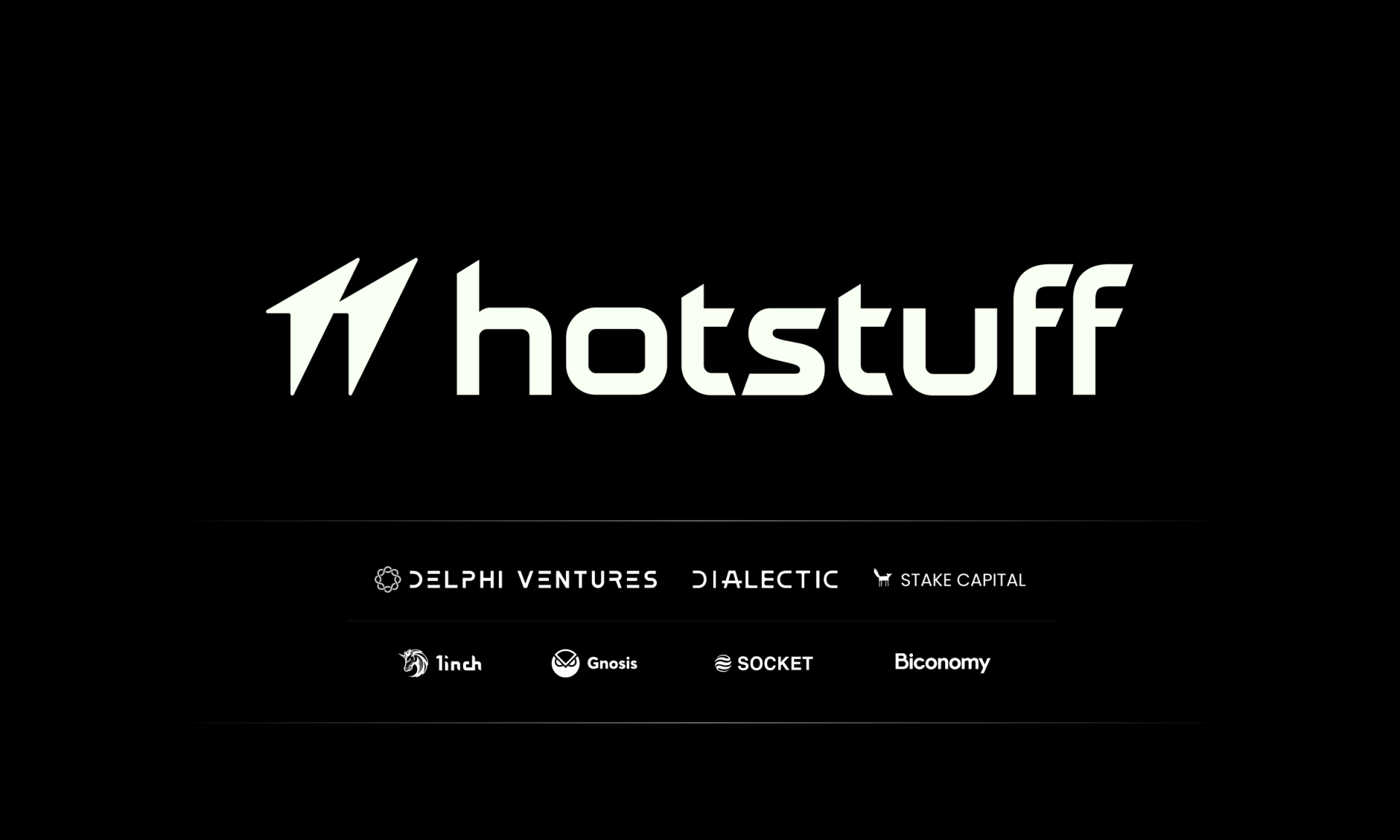In the world of blockchain technology, mining plays a crucial role in maintaining the integrity and security of the network. Miners dedicate computational power to process transactions and add them to the blockchain. As an incentive for their efforts, miners receive a mining reward.
A mining reward is the compensation given to the miner who successfully processes a block of transactions and adds it to the blockchain. This reward serves two main purposes. Firstly, it motivates miners to participate in the network and secure it by dedicating their computational resources. Secondly, it ensures the continuous creation and distribution of new cryptocurrency tokens.
In the case of Bitcoin, the pioneer of blockchain technology, the mining reward was set at 50 BTC when it was introduced. However, to maintain a controlled and predictable rate of new coin creation, the mining reward is halved approximately every four years. This event is known as a “halving.” The first halving occurred in 2012, reducing the mining reward from 50 BTC to 25 BTC. The second halving took place in 2016, further reducing the reward to 12.5 BTC. The most recent halving occurred in 2020, reducing the reward to 6.25 BTC.
The reduction of the mining reward serves as a crucial economic mechanism in the Bitcoin network. It ensures that the total supply of Bitcoin is limited to 21 million coins. As each halving occurs, the rate of new coin creation decreases, and it becomes progressively more challenging to obtain new coins through mining. This scarcity contributes to the value of Bitcoin and establishes it as a deflationary digital asset.
Although the mining reward has significantly decreased since the early days of Bitcoin, the rise in the value of the cryptocurrency means that miners still receive a considerable monetary reward. For example, even with the current reward of 6.25 BTC per block, the value of Bitcoin can make mining a highly profitable activity.
As the supply of new Bitcoin distributed through mining rewards continues to decrease, transaction fees are becoming a more important source of income for miners. When users initiate a transaction on the Bitcoin network, they have the option to include a transaction fee. These fees incentivize miners to prioritize and include their transactions in the next block. Typically, these fees are included in the mining rewards, further adding to the revenue earned by miners.
It is essential to understand that while most of Bitcoin’s supply is already in circulation, newly created coins will continue to be available through mining until the year 2140. After that point, no additional Bitcoin will be created, and miners will rely solely on transaction fees for their compensation.
Due to the energy-intensive nature of the Proof-of-Work (PoW) consensus mechanism used by Bitcoin and many other blockchain networks, there is an increasing interest in exploring alternative methods to reward those who secure the network. One such alternative is the Proof-of-Stake (PoS) consensus mechanism.
In a PoS blockchain, validators secure the network by staking a certain amount of cryptocurrency as collateral. The amount of cryptocurrency they stake determines their mining power or the probability of being selected to create the next block. This stake acts as a commitment that ensures validators have an economic interest in maintaining the network’s security and integrity. Instead of receiving a mining reward, validators are typically rewarded with transaction fees for their contributions.
For example, Ethereum, the second-largest blockchain platform, has been transitioning from PoW to PoS through the implementation of the Ethereum 2.0 upgrade. This upgrade aims to improve scalability, energy efficiency, and sustainability by shifting from mining to staking. Validators in the Ethereum 2.0 network stake their Ether (ETH) and are rewarded with transaction fees in proportion to their stake.
In conclusion, mining reward is an essential element in the world of blockchain technology. It incentivizes miners to dedicate computational power to secure the network and ensures the continuous creation and distribution of new cryptocurrency tokens. While the mining reward decreases over time, the value of the cryptocurrency can still make mining a profitable activity. Additionally, transaction fees become increasingly important as a source of income for miners. As blockchain technology evolves, alternative consensus mechanisms like Proof-of-Stake are being explored, offering different methods of rewarding those who contribute to network security.














